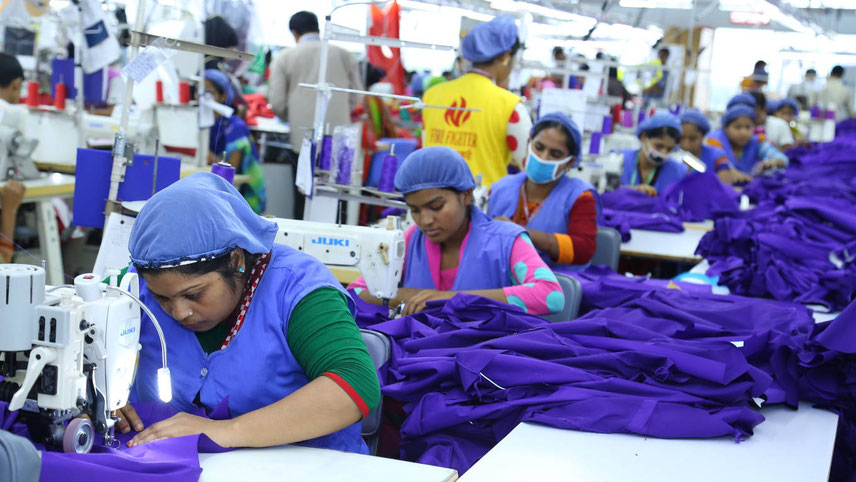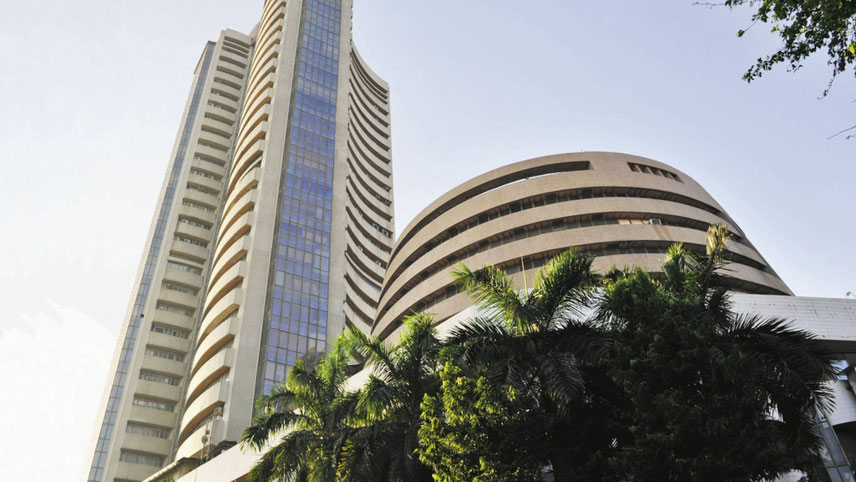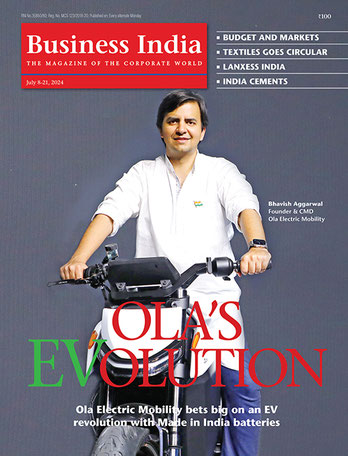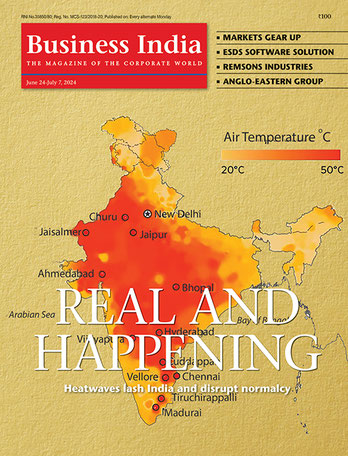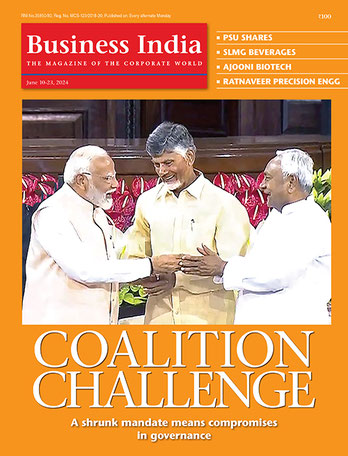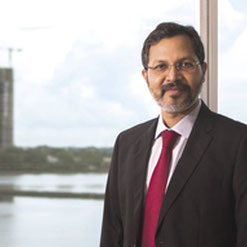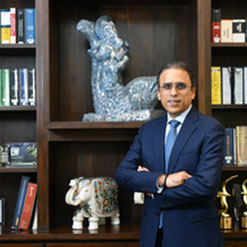-
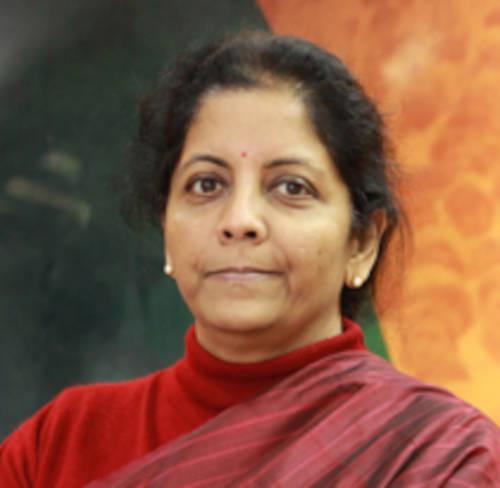
Centre-state synergy is key to growth
Nirmala Sitharaman, finance minister
Seven years into office Modi was reminding many opposition leaders of the Indira Gandhi era when the Centre rode roughshod over the states. Some of the issues that have put pressure on federalism is GST compensation, farm laws and some states withdrawing cooperation to CBI. Last year when it imposed a national lockdown to tackle the Corona virus pandemic, it did not keep the states in the loop. Indeed, the Centre has been trying to impose its own governance models on the states.
The rolled back farm reforms are an example of how the Centre let the states down. When the reforms were rolled out through an ordinance, the opposition-ruled states cried foul. Laws governing agriculture are constitutionally the preserve of the states. The BJP-ruled states of Gujarat, Uttar Pradesh, Madhya Pradesh, Himachal Pradesh, Uttarakhand and Karnataka, however, wilfully brought in their own statutes based on the Union government’s legislation.
While the Supreme Court’s decision in January, staying their operation, forced the states to keep their own laws on hold, the fact remains that these states had brought in their own laws in sync with the Central laws. The PM’s decision to scrap the laws caught these states unawares. There were neither consultations nor intimation.
In Karnataka, a state the BJP has considered its gateway to the south, the BJP government in December – then led by B.S. Yeddiyurappa – passed the Karnataka Agricultural Produce Marketing (Regulation and Development) (Amendment) Bill, 2020, its own version of the Centre’s Farmers’ Produce Trade and Commerce (Promotion and Facilitation) Act, 2020, which sought to modify the APMC law. It came up with a law to liberalise land sale via the Karnataka Land Reforms (second Amendment) Act, 2020, amid much protest from farmers and the opposition. The opposition in Karnataka, however, is asking the state government to withdraw the legislations, now that he centre has withdrawn its reforms. This has put the new Chief Minister Basavaraj Bommai in a spot.
PM-DM syndrome
This year, Modi started off on a wrong footing choosing to interact with district magistrates (DMs) of 100 districts with high caseloads of Covid-19 infections in two meetings on 18 and 20 May. In the process, he chose to ignore their chief ministers. It invited a strong reaction from at least one chief minister, Mamata Banerjee. In fact, many felt that the Covid situation could have been handled better if the Centre had given a free hand to the states to evolve their own strategies.
Modi’s recent moves are a reminder of ex-Prime Minister Rajiv Gandhi’s attempt to empower the district level bodies, funding them directly from New Delhi, bypassing state governments. The Indira-Rajiv era of unhappy Centre-state relations was challenged by several powerful chief ministers, including Jyoti Basu, N.T. Rama Rao and M. Karunanidhi. The Centre is a conceptual myth, declared NTR, who in the early 1980s emerged as a stout defender of the rights of state legislatures and state governments.
In the quarter century from 1989 to 2014, successive PMs had managed Centre-state relations within a framework of consensual politics. Prime Ministers P.V. Narasimha Rao, Atal Behari Vajpayee and Manmohan Singh maintained excellent personal, political and administrative relations with all the chief ministers, irrespective of their political affiliation. With Modi, the record is mixed at best. Palanivel Thiaga Rajan, the articulate finance minister of Tamil Nadu, says there is “a deterioration of the relationship of trust between the governments of the Union and the states”
-
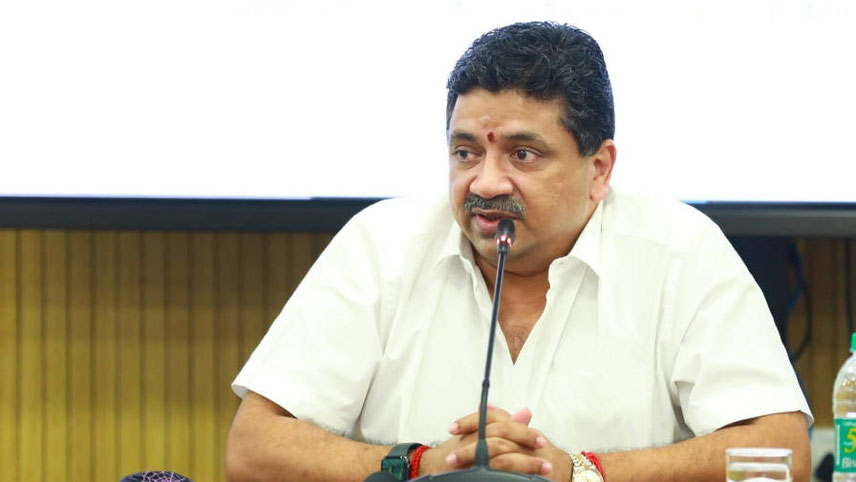
A powerful Union government is needed but you can’t rule which school gets toilet sitting in Delhi
PTR Palanivel Thiaga Rajan, Finance Minister, Tamil Nadu
Some states are being bullied into submission. In Delhi, the perpetual tussle between the Aam Aadmi Party government and the Lieutenant Governor, a representative of the Centre, came to an end when the Modi government got a bill passed in Parliament that essentially says the “government” in Delhi means the “lieutenant-governor”.
It gives overarching powers over the capital’s daily functions to the Centre-appointed official. The new law made the L-G’s approval necessary for legislative affairs that concern the day-to-day governance of Delhi. The AAP had protested against the law but is currently cooling its heels, saying it sees no “political incentive” in fighting the LG when it has to reserve its energies for the coming municipal polls in Delhi.
But other states are not taking it lying down. Following the footsteps of Kerala to challenge in the Supreme Court the Centre’s decision to bring the Citizenship Amendment Act and of Chhattisgarh to move against the rampant “misuse” of National Investigation Agency, Punjab has now legally challenged the Centre’s decision to extend the BSF jurisdiction to a 50-km belt along the international borders in Punjab,
States on their own
The situation, however, has a silver lining. The leaderships of advanced states like Tamil Nadu are cognizant of what is expected of them by the electorate; these states are now aspiring to leave their own mark on the nation’s economy, irrespective of their political affiliation and equation with the Centre. TN, for instance, is hoping to emerge as an export powerhouse and has crafted an export policy which aims to increase exports from the state to $100 billion by 2030 from the current $26 billion. This is in alignment with the state’s target of becoming a $1 trillion economy by 2030. Its GDP was $300 billion in 2020-21.
In an attempt to make doing business further easy, neighbouring Andhra Pradesh is contemplating to relax the rules and attract investments into the state. The state government has informed the NITI Aayog that it is planning to abolish about 400 rules and regulations from the set of over 1,300 which are found to be creating hurdles to the new industrialists who wanted to invest in the state. Clearly, AP, which is number one in the country in the Ease of Doing Business rankings, is determined to make the state a pre-eminent destination for investors by clearing all the whatever road-blocks remain.
One does not associate the state of Madhya Pradesh, which once figured in the list of BIMARU states, with information technology. Yet, driven by fresh investments and increasing demand for digital platforms across sectors, exports from IT firms of Indore are expected to jump by over 30 per cent year-on-year basis. Exports from IT firms operating from the Crystal IT Park, located in the SEZ, touched Rs224.19 crore between April and August 2021.This is against Rs178.9 crore in the same period a year ago. The total figure could be well above Rs500 crore during the financial year.
-

Puri became the first city in India to achieve 24/7 quality drinking water supply
Reforms of another kind are taking place in Odisha. This year, the capital city of Bhubaneshwar achieved 100 per cent vaccination coverage against Covid-19. Along with this, the first dose of the jab was administered to one lakh migrant workers, squatters and beggars in the city. Recently, the temple city of Puri became the first city in India to achieve 24/7 quality drinking water supply. Residents and visiting pilgrims can now drink water straight from the tap.
Odisha has garnered a lot of appreciation from across the country and the diaspora for the Indian men and women hockey teams’ sterling performances at the Tokyo Olympics, with the former winning a medal after more than 40 years. It is the first state in the country that has officially sponsored both the teams since 2018 and has so far invested around Rs150 crore for training purposes by providing infrastructure, adequate facilities, organising tournaments, etc.
But “special treatment” for UP….
The recent publicity blitz by Uttar Pradesh to project its development record during the last five years under chief minister Yogi Adityanath’s leadership is well known. Now, as the state assembly elections approach and a political challenge appears to be taking shape, Modi himself has jumped into the fray, inaugurating all and sundry projects.
While Modi’s involvement underlines the political importance of the UP elections, it also reveals to some extent the partisan character of the Centre and the political colour it has imparted to the development debate. Would the PM have inaugurated these projects had UP been ruled by, say, the Bahujan Samaj Party under Mayawati?
Recent data furnished by the Road Transport and Highways Ministry in a written answer to Parliament shows that the Centre has considered expressway and highway projects worth over Rs60,000 crore in Uttar Pradesh since 2018, just after the Yogi government assumed office, with proposals worth nearly half that amount considered in just this poll-bound year.
All these projects amount to nearly 2,800-km of new highways in Uttar Pradesh. The quantum of proposals and approvals accelerated since 2020 and projects worth Rs28,700 crore were submitted to the Centre just in the present financial year (2021-22) in the run-up to the UP polls.
-
It is often said that the Indian nation is not a confederation of states but a union, a federation with a unitary bias
While UP, despite the hype, has some achievements to show, the same cannot be said of neighbouring Bihar which is ruled by the Janata Dal(U) and the BJP. There is no effort to lift it up by the bootstraps. The state and its leaders continue to make a pitch for special status. In a special category state, the Centre-state funding of Centrally-sponsored schemes has a ratio of 90:10, unlike a share of 60:40 or 80:20 in other states. Bihar’s “peculiar problems” have been blamed on its “landlocked” expanse which has a high density of population with scarce natural resources and is plagued by vicissitudes like drought and flood that affect more than half of its districts.
The irony is that it was Modi who campaigned in the last Bihar assembly election on the promise of “double-engine” governance if the NDA is re-elected. However, recent events have laid bare the hollowness of his promise and politicisation of Centre-state relations.
It is often said that the Indian nation is not a confederation of states but a union, a federation with a unitary bias. But some parts are already behaving like a confederation. Perhaps, the Inter-State Council should become the right forum for political and legislative give-and-take between the Centre and states.


















